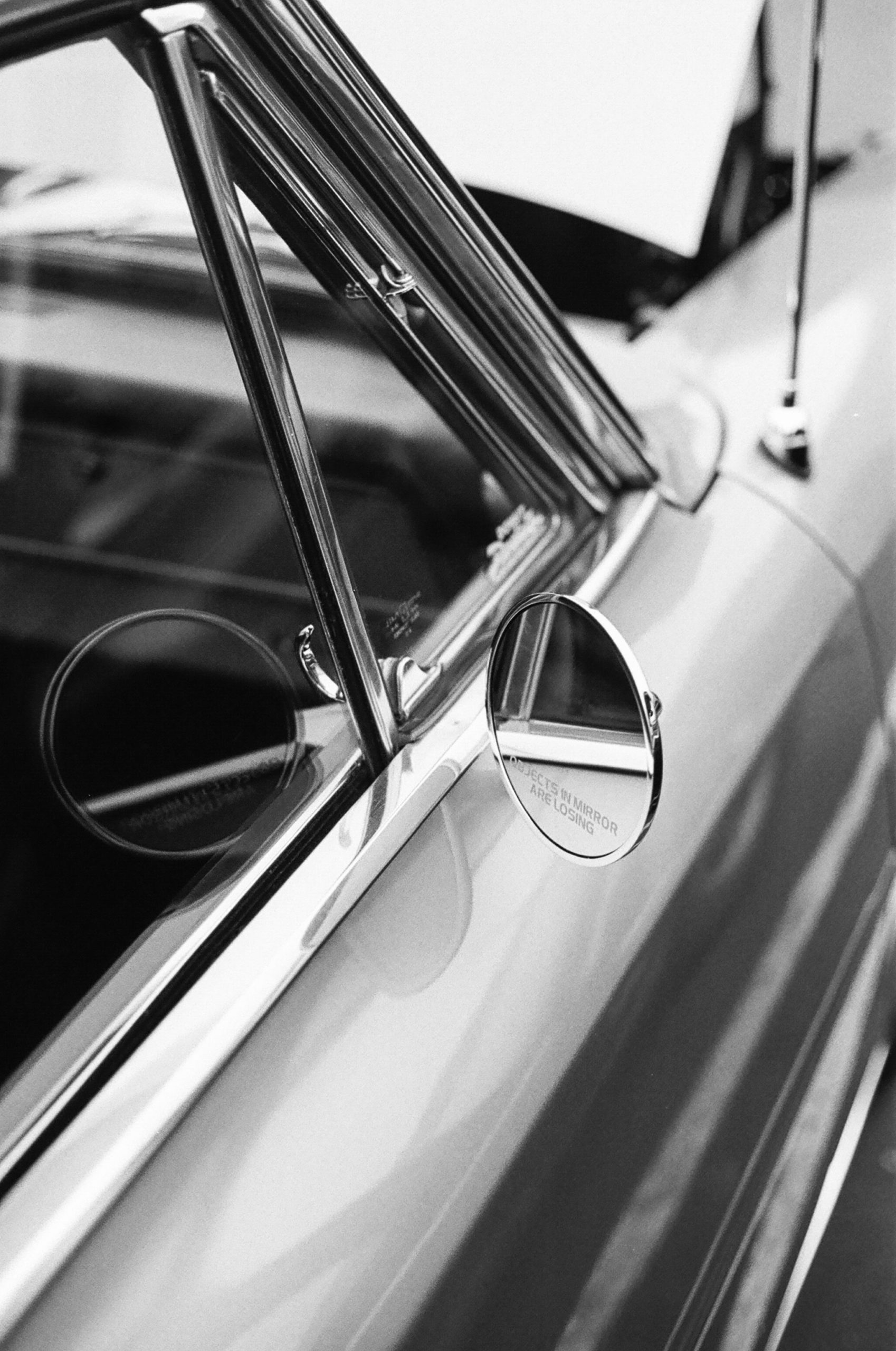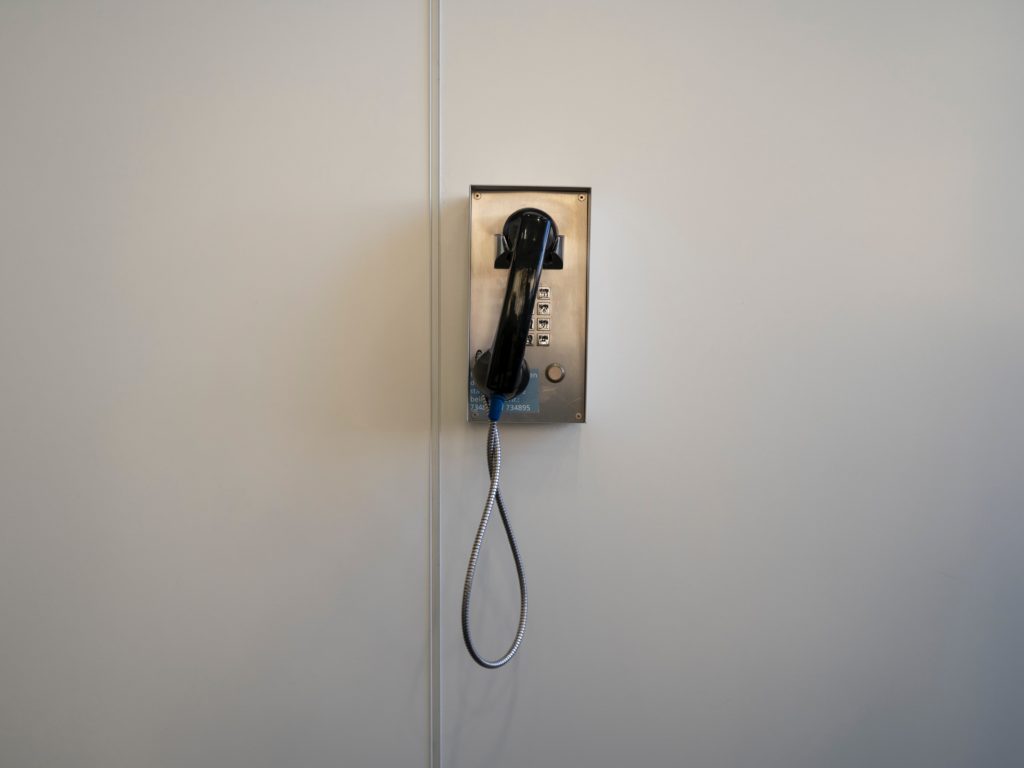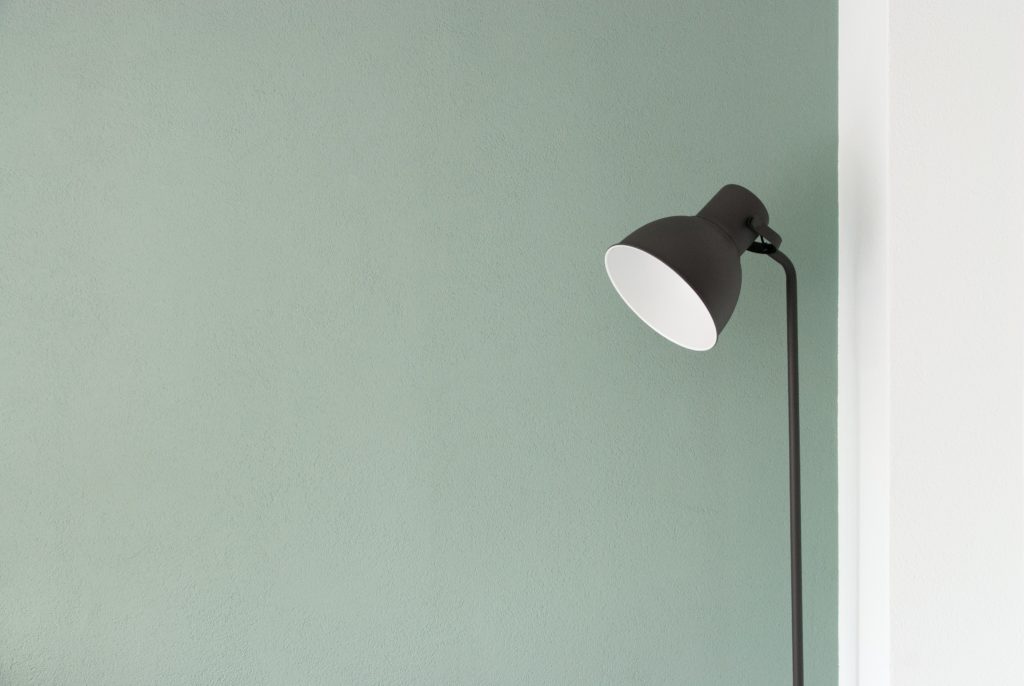
Insights
February 24, 2020Personal expenses in a holding
If you’re a shareholder of a BV (private limited company) that also has several other shareholders, the shares will often be held by a holding company. In previous articles we’ve already discussed reasons why you’d want to opt for a holding company structure. This was often mainly for tax reasons. But there are also economic reasons to opt for a holding company structure instead of directly holding shares in a BV.
If you’re a shareholder of a BV along with other shareholders, you’ll have to make joint decisions about the expenditure. Certain business expenses will be more personal in nature than others. That’s why it can be preferable to make these expenses through the holding company instead of through a BV with multiple shareholders. Examples of expenses that can be best done through a holding company include:
Car
You can of course drive a car that’s part of the BV’s assets. What type of car you choose has direct consequences for the costs that come with it. When one shareholder prefers to drive a Volkswagen Polo and the other one wants a Tesla Model 3, this can lead to an imbalance in the business relationship. In situation such as this, it’s advisable to file the costs for the car under the finances of the holding company. In that case, choosing a more expensive car will have no consequences for other shareholders who are willing to pay less for a car.

Occupational disability insurance
Since an AOV (occupational disability insurance) is personal and thus closely linked to the insured shareholder, this falls under costs you will rather put under your holding company than under the operating company. All the more so because the amount of AOV depends on the personal situation of the insured person, for example the health of the DGA (director and major shareholder). You can choose to deduct the AOV premiums from the profit in the holding company, or to include these as a personal deductible item in your income tax. What the most profitable option is needs to be assessed on a case-by-case basis.
Investing in other businesses
As you’ve been able to read in previous articles, you should mainly see a holding company as a kind of piggy bank. This is mainly due to the possibility of tax deferral. This is done, very simply, by leaving assets sit in your holding company, instead of paying them out to yourself through a dividend payment. This gives you the opportunity to use it as starting capital when you see a great new business opportunity arise. In fact, should you hold more than 5% of the shares in the company you’re investing in with your holding company, the dividends your holding receives are tax-exempt. This is called participation exemption.
Mortgage
Few things are more personal than taking out a mortgage, as it’s about your house. In the article Providing a mortgage from the holding company to the DGA, we explained that you can provide a personal loan from your BV to yourself in order to finance your house. This can provide a significant tax advantage and is further explained in said article.

Investing
Since you don’t pay dividend tax as long as you leave the returns from your business in the holding company, you can invest using the gross amount. It won’t come as a surprise that you can achieve a higher return on investments if you invest an amount you haven’t yet paid tax on, compared to when you already have.
All of the above shows that, in addition to liability and tax reasons, a holding company can also give you freedom to make personal choices regarding investments and expenditure.




